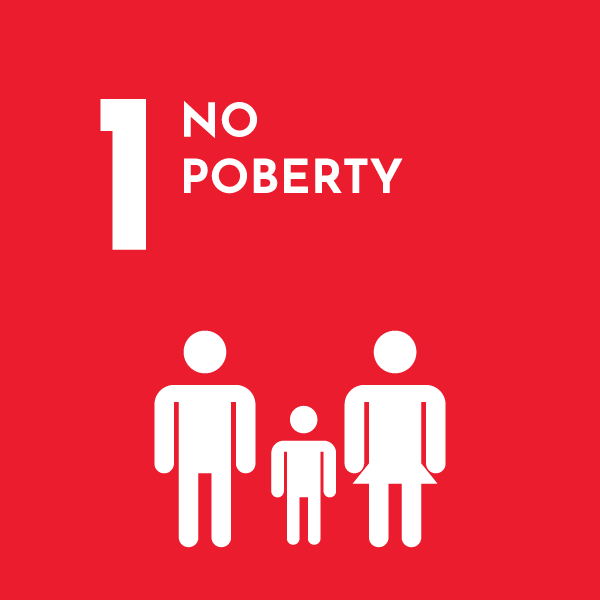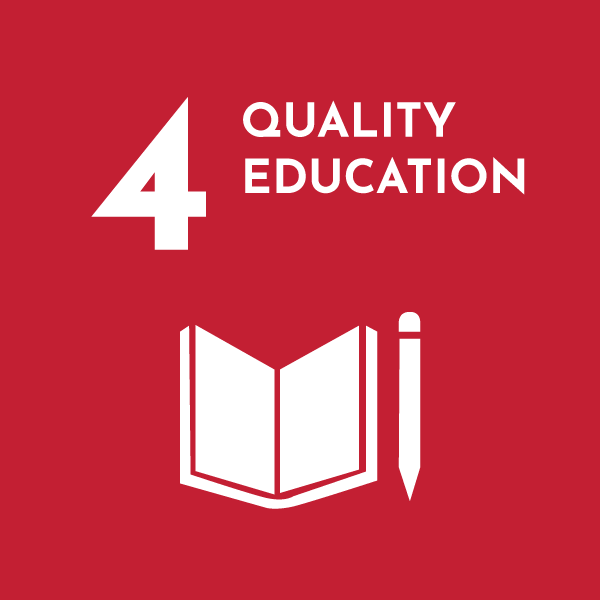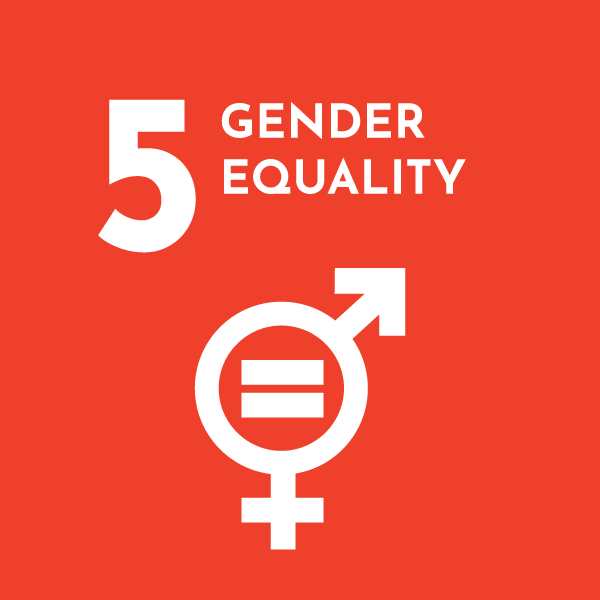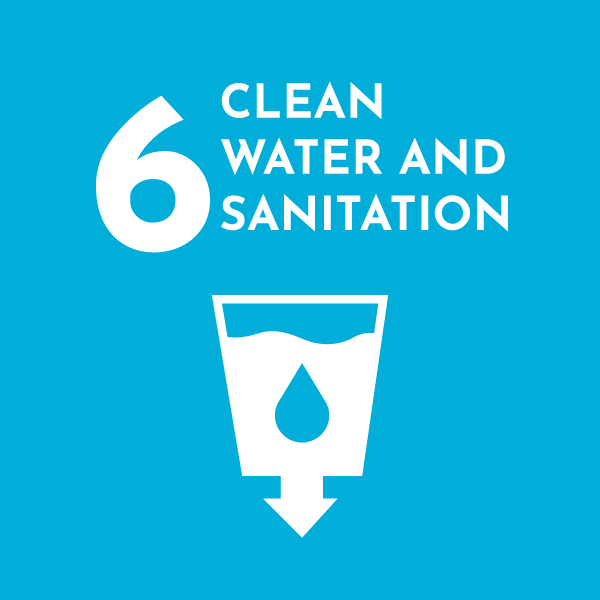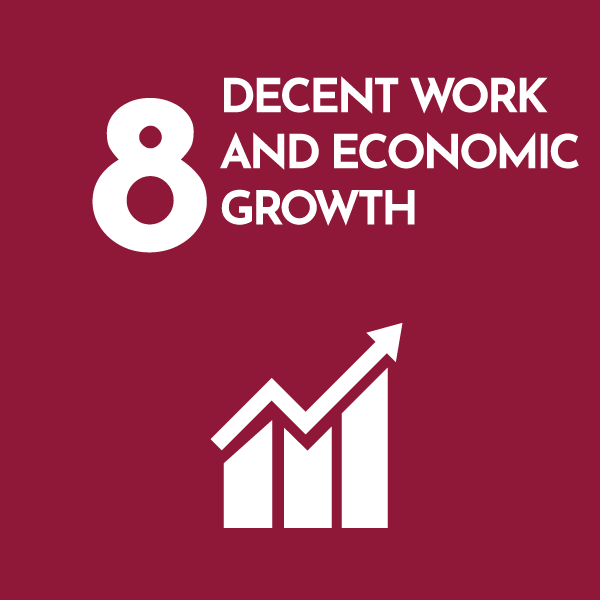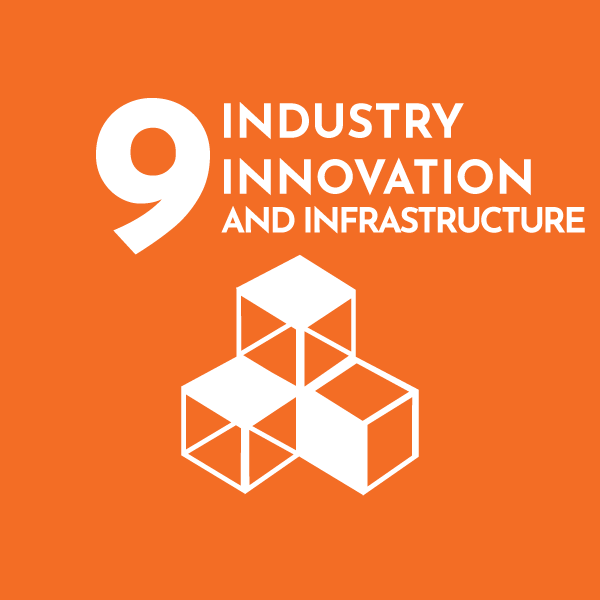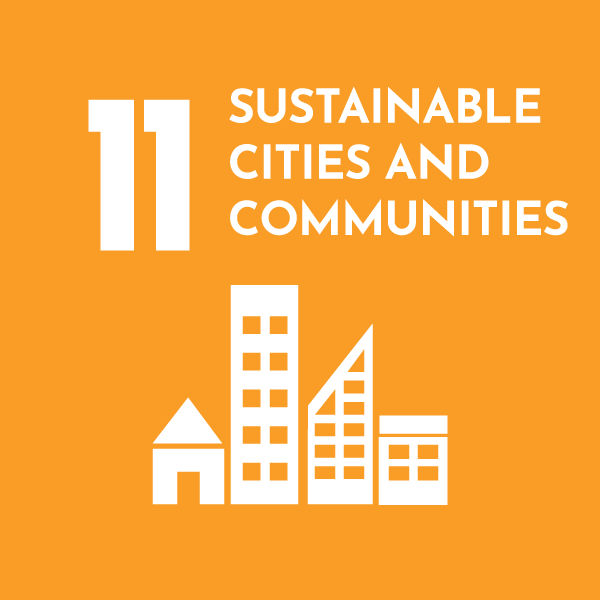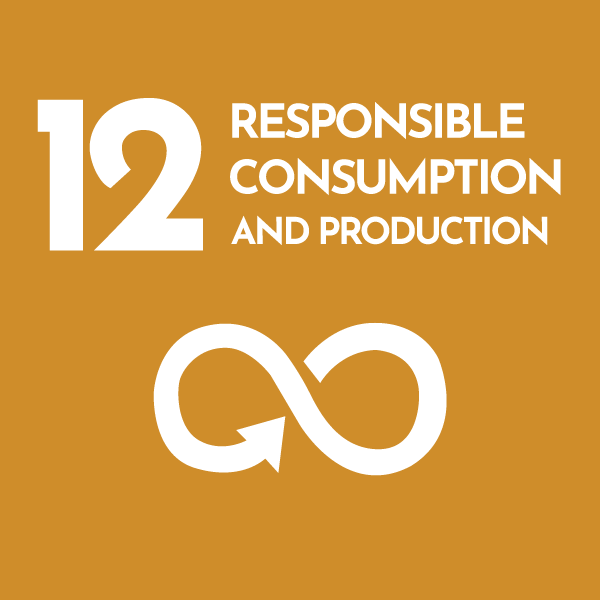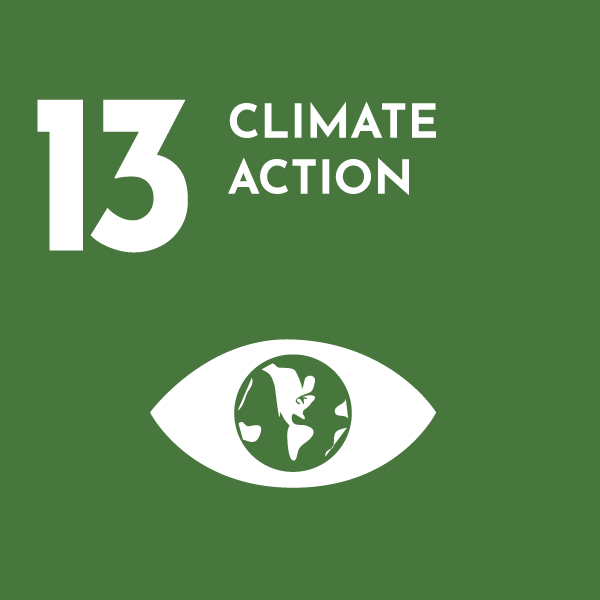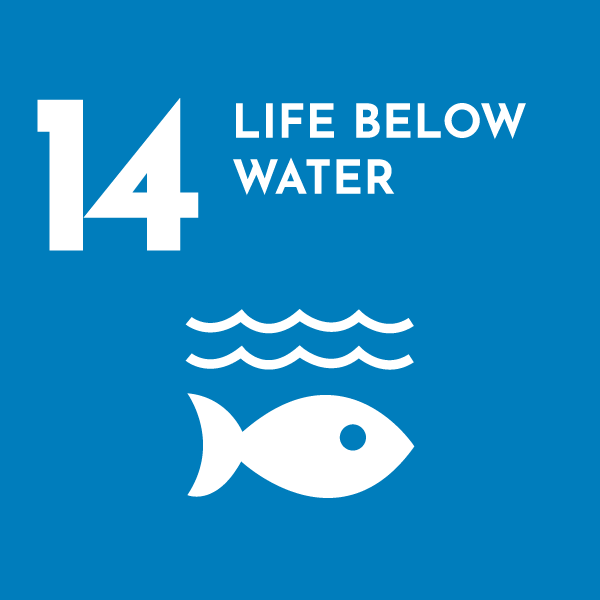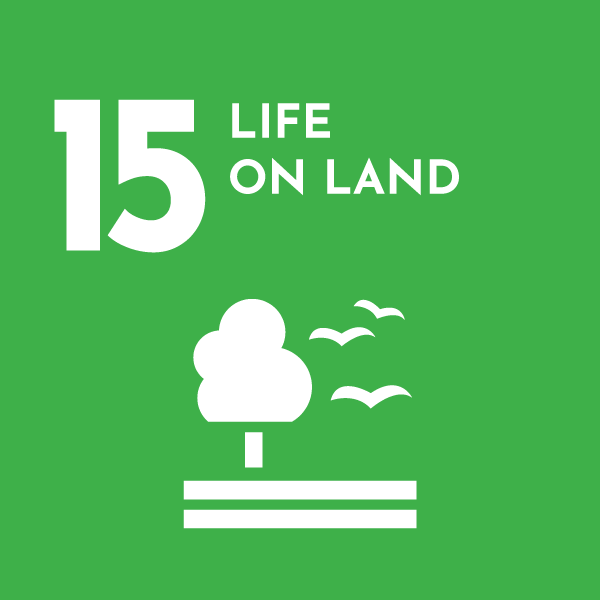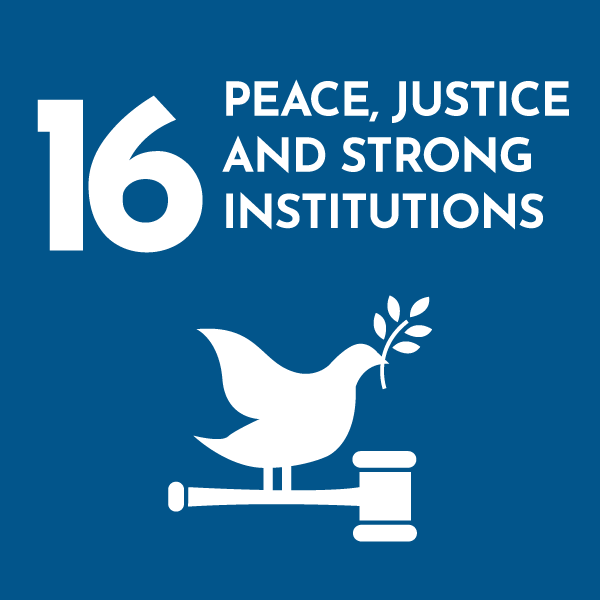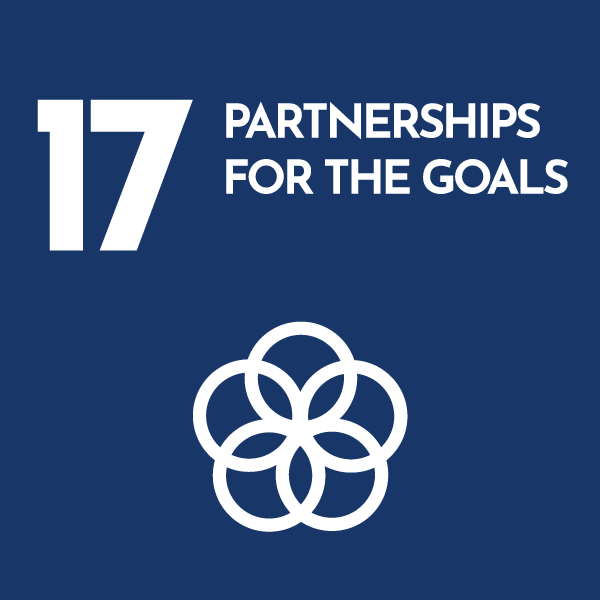RESPONSIBLE CONSUMPTION AND PRODUCTION
Use biodegradable, recyclable or reusable materials in their activities.
Promote the use of renewable energies to the detriment of fossil energies in the creation of products and services and implement environmental management systems.
Optimize the use of water and encourage water reuse in the company's production model.
Minimize atmospheric, hydric, soil and acoustic contamination in the manufacturing processes of products and services and promote clean production, through elements free of toxic substances.
Train employees, suppliers and the value chain as a whole in practices and guidelines for sustainable production and consumption.
In a world capital such as New York, city where the United Nations headquarters are located, more than 5.5 million tons of garbage are generated per year, according to figures from an official study. However, only one and a half million tons are recycled.

